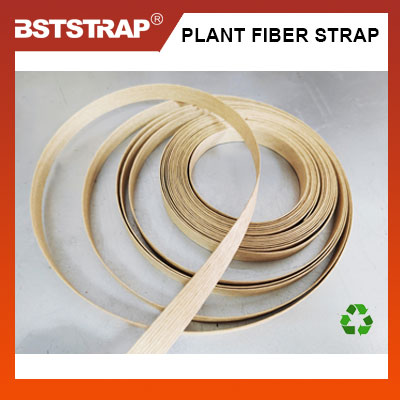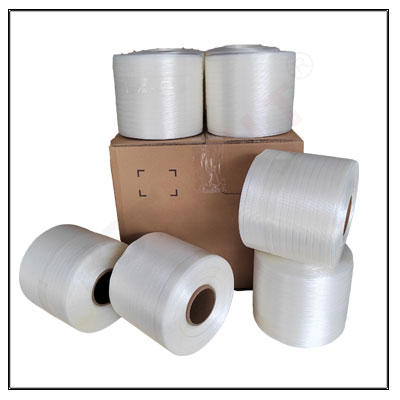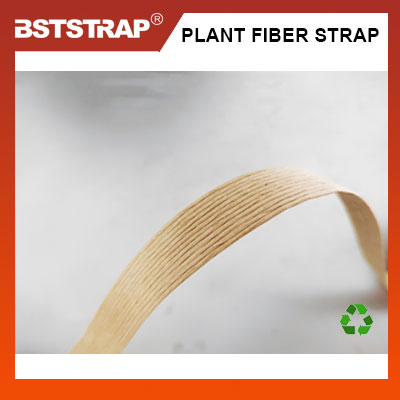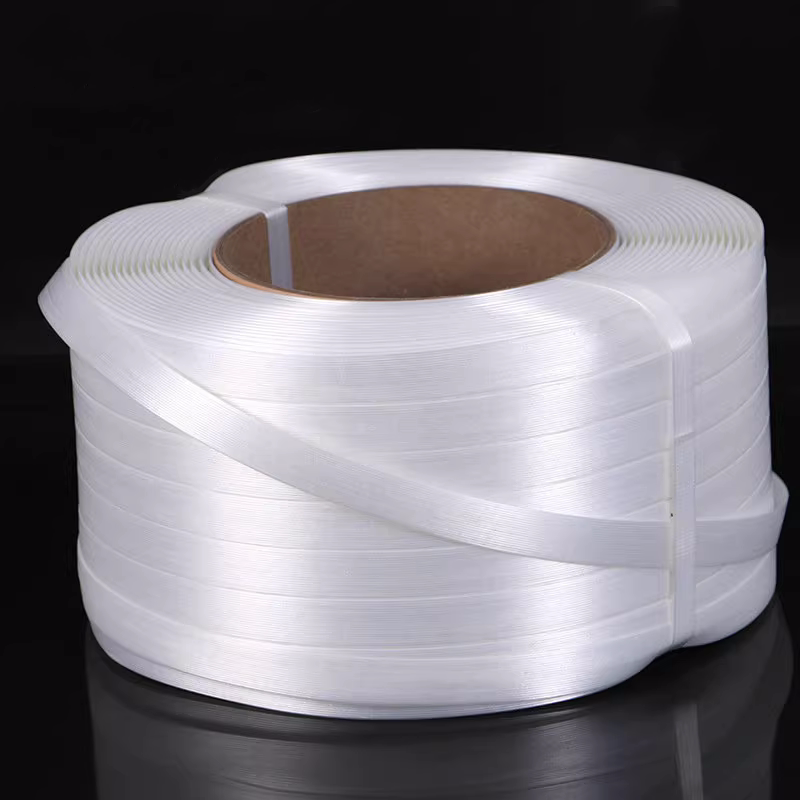Eco-Friendly and Durable: The Plant Fiber Packing Belt as an Alternative to Traditional Strapping
In an era where environmental sustainability has become a global priority, businesses and consumers alike are increasingly seeking out eco-friendly alternatives to traditional products. One such innovation is the plant fiber packing belt, a versatile and sustainable option that is gradually transforming the packaging industry. Unlike conventional strapping materials like polypropylene (PP) and polyethylene terephthalate (PET), plant fiber packing belts offer a multitude of benefits that make them an ideal choice for both environmental and practical reasons.
The Need for Sustainable Alternatives
Traditional strapping materials have long been the go-to solution for securing and protecting goods during transportation and storage. However, their environmental impact cannot be overlooked. PP and PET, derived from fossil fuels, contribute to greenhouse gas emissions and plastic pollution. With the world facing an urgent need to reduce its carbon footprint and combat plastic waste, it is imperative to find alternatives that align with sustainability goals.

The Emergence of Plant Fiber Packing Belts
Plant fiber packing belts represent a significant step forward in sustainable packaging. Made from renewable plant fibers and hot melt adhesive, these belts are designed to be both eco-friendly and durable. Their composition is a direct response to the limitations of traditional strapping materials, providing a solution that not only meets the practical demands of packaging but also contributes to environmental sustainability.
Eco-Friendly Composition
One of the most compelling features of plant fiber packing belts is their biodegradable and compostable nature. Unlike PP and PET, which can take hundreds of years to decompose, plant fiber belts decompose naturally in a relatively short period, returning to the earth without leaving harmful residues. This reduces the burden on landfills and oceans, making them a more environmentally friendly option.
Moreover, the raw materials used in their production are sourced from sustainably managed plantations, ensuring that their creation does not compromise ecological balance. This contrasts sharply with the fossil fuel-dependent production processes of traditional strapping materials, which contribute to deforestation and habitat destruction.
Durable and Reliable Performance
Despite their eco-friendly composition, plant fiber packing belts do not compromise on durability. They are designed to offer strong endurance, withstanding the rigors of transportation and storage without failing. This resilience is a crucial factor for businesses, as it ensures that goods remain secure and protected throughout their journey.
Their puncture-resistant properties make them particularly suitable for handling heavy or sharp-edged items, reducing the risk of damage during shipping. This level of protection is on par with traditional strapping materials, but with the added advantage of being more environmentally friendly.
Additionally, plant fiber belts exhibit minimal elongation when stretched, ensuring a tight and secure fit. This tightly packed characteristic is essential for preventing movement and damage to packaged goods, maintaining product integrity until they reach their destination.

Flexibility and Versatility
The superior flexibility of plant fiber packing belts is another notable advantage. Unlike traditional strapping materials, which can be rigid and difficult to manipulate, plant fiber belts are easier to handle and conform to irregular shapes and sizes. This makes them ideal for a wide range of industries, from logistics and warehousing to agriculture and e-commerce.
Their adaptability allows businesses to streamline packaging processes, reducing the time and resources required for securing goods. This efficiency, combined with their environmental benefits, makes plant fiber belts a cost-effective and sustainable alternative to traditional strapping.
Wide Range of Applications
The versatility of plant fiber packing belts extends to their diverse range of applications. In logistics and warehousing, they can be used to secure pallets and individual items, ensuring they remain stable during transportation. In agriculture, they are ideal for bundling crops and livestock, providing a robust yet eco-friendly solution.
E-commerce businesses, which rely heavily on packaging for delivering goods to customers, can also benefit from plant fiber belts. Their durable and flexible nature makes them well-suited for securing boxes and parcels, ensuring they arrive safely and intact.
The Future of Sustainable Packaging
As environmental concerns continue to rise, the demand for sustainable packaging solutions will undoubtedly increase. Plant fiber packing belts stand at the forefront of this movement, offering a practical and eco-friendly alternative to traditional strapping materials. Their composition, durability, and versatility make them an excellent choice for businesses looking to reduce their environmental impact while maintaining operational efficiency.
Moreover, the continuous innovation in plant fiber technology holds the promise of even more sustainable and advanced packaging solutions in the future. As research and development continue, we can expect to see plant fiber packing belts becoming even more durable, flexible, and cost-effective, further cementing their role in the sustainable packaging industry.

In conclusion, plant fiber packing belts represent a significant advancement in sustainable packaging. Their eco-friendly composition, durable performance, and versatile applications make them an ideal alternative to traditional strapping materials. As businesses and consumers increasingly prioritize environmental sustainability, plant fiber belts are poised to become a cornerstone of efficient and reliable packaging solutions.





